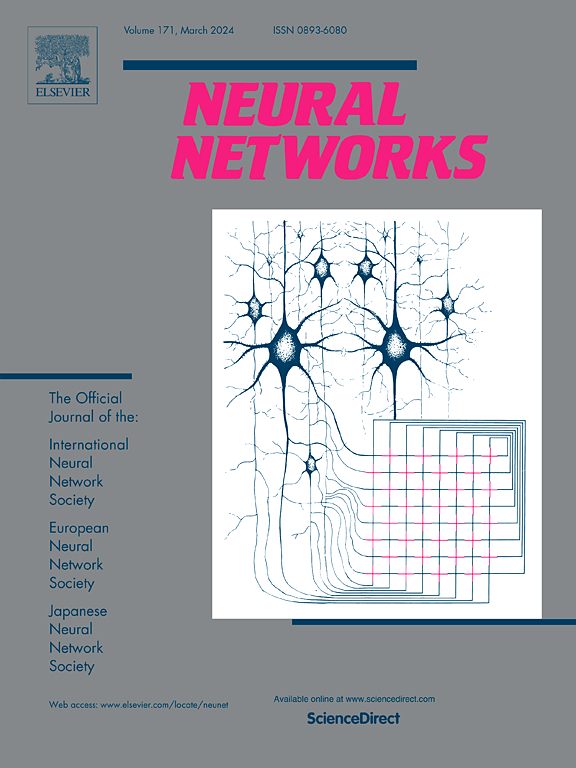Spatial and frequency information fusion transformer for image super-resolution
IF 6
1区 计算机科学
Q1 COMPUTER SCIENCE, ARTIFICIAL INTELLIGENCE
引用次数: 0
Abstract
Previous works have indicated that Transformer-based models bring impressive image reconstruction performance in single image super-resolution (SISR). However, existing Transformer-based approaches utilize self-attention within non-overlapping windows. This restriction hinders the network’s ability to adopt large receptive fields, which are essential for capturing global information and establishing long-distance dependencies, especially in the early layers. To fully leverage global information and activate more pixels during the image reconstruction process, we have developed a Spatial and Frequency Information Fusion Transformer (SFFT) with an expansive receptive field. SFFT concurrently combines spatial and frequency domain information to comprehensively leverage their complementary strengths, capturing both local and global image features while integrating low and high-frequency information. Additionally, we utilize the overlapping cross-attention block (OCAB) to facilitate pixel transmission between adjacent windows, enhancing network performance. During the training stage, we incorporate the Fast Fourier Transform (FFT) loss, thereby fully leveraging the capabilities of our proposed modules and further tapping into the model’s potential. Extensive quantitative and qualitative evaluations on benchmark datasets indicate that the proposed algorithm surpasses state-of-the-art methods in terms of accuracy. Specifically, our method achieves a PSNR score of 32.67 dB on the Manga109 dataset, surpassing SwinIR by 0.64 dB and HAT by 0.19 dB, respectively. The source code and pre-trained models are available at https://github.com/Xufujie/SFFT
求助全文
约1分钟内获得全文
求助全文
来源期刊

Neural Networks
工程技术-计算机:人工智能
CiteScore
13.90
自引率
7.70%
发文量
425
审稿时长
67 days
期刊介绍:
Neural Networks is a platform that aims to foster an international community of scholars and practitioners interested in neural networks, deep learning, and other approaches to artificial intelligence and machine learning. Our journal invites submissions covering various aspects of neural networks research, from computational neuroscience and cognitive modeling to mathematical analyses and engineering applications. By providing a forum for interdisciplinary discussions between biology and technology, we aim to encourage the development of biologically-inspired artificial intelligence.
 求助内容:
求助内容: 应助结果提醒方式:
应助结果提醒方式:


